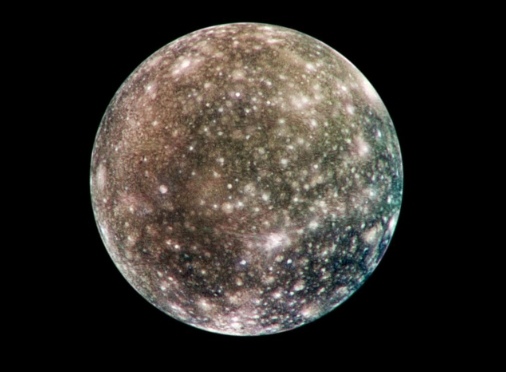Evidence of Ozone on Jupiter’s Moon Callisto
An international team of scientists, led by researchers from the Physical Research Laboratory (PRL) in Ahmedabad, has discovered strong evidence indicating the presence of ozone on Callisto, one of Jupiter’s largest moons.
The study, published in the March 2024 issue of the journal Icarus, sheds light on the complex chemical processes occurring on the icy celestial body and its potential for hosting life.
Research Methodology
The team, led by R. Ramachandran from PRLs Atomic, Molecular, and Optical Physics Division, investigated the chemical evolution of sulphur dioxide (SO2) ice under irradiation, simulating the conditions on Callistos surface. The experiments were conducted at the National Synchrotron Radiation Research Center (NSRRC) in Taiwan, which provided access to the high-energy radiation sources needed to recreate the solar radiation reaching the moons surface.
The researchers used the following methods:
- Vacuum Ultraviolet Irradiation: SO2 ice samples were deposited on a lithium fluoride substrate in a low-pressure chamber and irradiated with vacuum ultraviolet photons to mimic solar radiation.
- Temperature Control: The ice samples were maintained at a temperature of around 9 K (-264.15°C) to simulate the conditions on Callisto’s surface and then gradually warmed to 120 K to observe the effects under different environmental scenarios.
- Ultraviolet Absorption Spectroscopy: The team recorded the ultraviolet absorption spectrum of the irradiated ice samples using a photomultiplier tube detector to identify the chemical species formed.
Discovery of Ozone
The ultraviolet absorption spectrum of the irradiated SO2 ice samples revealed a distinct signature indicating the formation of ozone (O3). This finding suggests the presence of oxygen on Callisto, a crucial ingredient for the formation of complex molecules necessary for life.
The researchers also compared their experimental data with observations made by the Hubble Space Telescope in 1997, which had previously suggested the presence of sulphur dioxide and ozone on Calisto’s surface.
Implications for Habitability
The discovery of ozone on Callisto has significant implications for the moons potential habitability and the search for life beyond Earth. Ozone is formed when oxygen molecules (O2) are broken apart by ultraviolet radiation and recombine with other oxygen atoms. The presence of ozone suggests the existence of a stable oxygen-rich atmosphere, which is essential for the development of complex organic molecules and, potentially, life.
The findings also raise questions about the habitability of other icy moons in the Solar System, such as Europa (moon)|Europa and Ganymede (moon)|Ganymede, which may harbor subsurface oceans and have similar surface compositions to Callisto.
Unidentified Absorption Band
In addition to the ozone signature, the researchers observed an unidentified absorption band in the spectrum, similar to one detected on Ganymede in 1996. This suggests a common molecular source or chemical process on the surfaces of these Jovian moons, providing valuable insights into their geological and atmospheric processes.
Collaboration and Future Research
The study was a collaborative effort involving scientists from various institutions, including PRL, NSRRC, and the Space Physics Laboratory at the Vikram Sarabhai Space Centre in Thiruvananthapuram, India. The team plans to conduct further research to better understand the chemical composition and evolution of Callistos surface, as well as its implications for the search for life in the outer Solar System.
Month: Current Affairs - April, 2024
Category: Science & Technology Current Affairs







